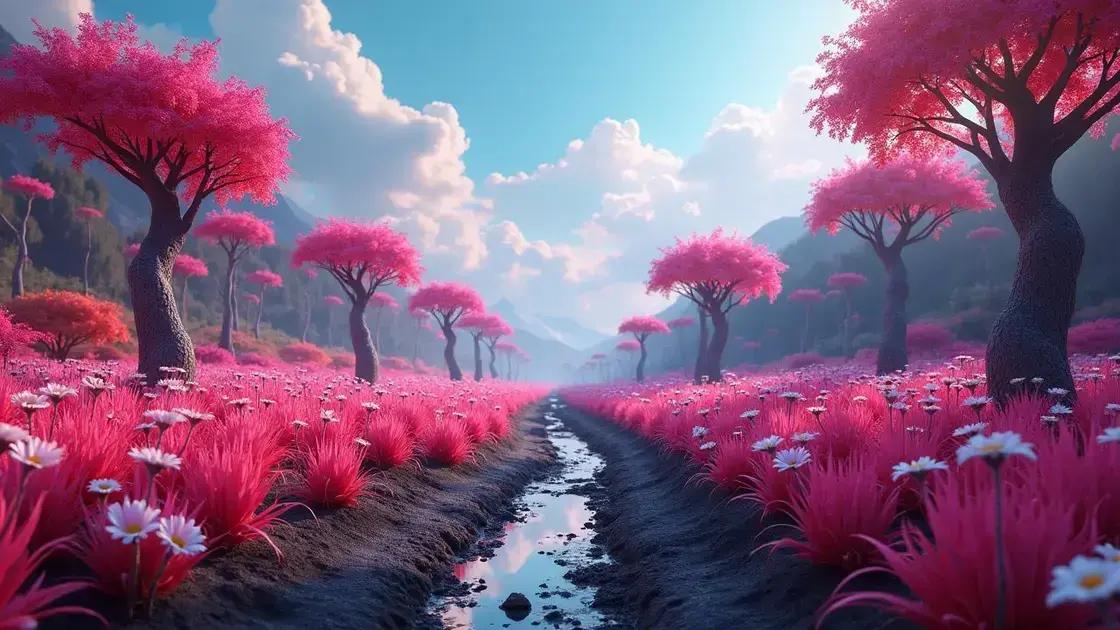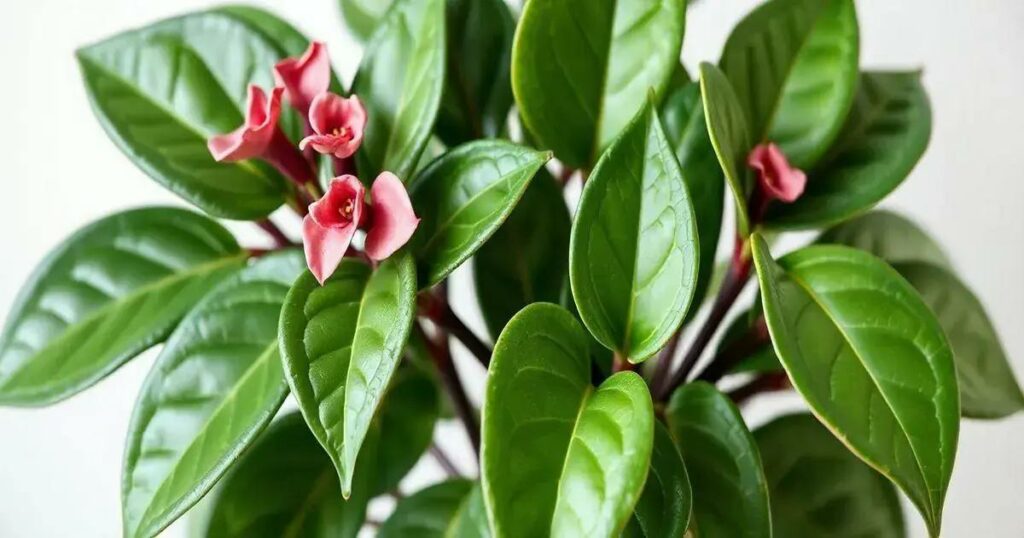How to care for a hoya plant can feel like a challenge, especially for beginners. These unique plants offer stunning blooms, but they require specific conditions to thrive. Knowledge is key, and by exploring the right techniques, you can unlock the full potential of your hoya garden. Dive into the world of hoyas and uncover essential insights that will transform your gardening experience!
Table of Contents
ToggleUnderstanding hoya plant watering schedules
How to care for a hoya plant involves understanding the specific watering schedules that keep this beautiful plant healthy and thriving. Hoya plants, known for their stunning flowers and waxy leaves, require a careful balance of moisture to flourish. In this guide, we will delve into the ideal watering practices to ensure your hoya remains vibrant.
Best practices for hoya plant watering
The key to successfully caring for your hoya plant lies in establishing a proper watering schedule based on its needs. Here are some essential guidelines:
- Water frequency: Hoya plants prefer to dry out slightly between waterings. Typically, watering every 1-2 weeks is sufficient, depending on environmental conditions.
- Types of water: Use room temperature water or distilled water to prevent shock and provide a healthy growing environment.
- Signs of underwatering: Watch for yellowing leaves or wilting, indicating that your hoya may need watering.
- Signs of overwatering: If the leaves turn soft and brown, or if root rot develops, it may be a sign of excessive moisture.
How to determine the right time to water
Monitoring your hoya plant’s soil moisture is crucial. Employ these techniques to assess when to water:
- Stick your finger about an inch into the soil; if it feels dry, it’s time to water.
- Use a moisture meter for precision and consistency in humidity levels.
- Observe the leaves; healthy leaves should feel firm and not droopy.
Understanding hoya plant watering schedules is essential for achieving thriving growth. As you adjust your watering habits, consider exploring indoor gardening techniques for even more tips to optimize your plant care.
Conclusion
By following these tips, you can master the best practices for watering your hoya plant, allowing it to flourish and produce beautiful blooms throughout the year. Remember to stay attuned to your plant’s needs and adjust your care routine accordingly.
Optimal soil requirements for hoya plants

Optimal soil requirements for hoya plants are crucial for their overall health and growth. Choosing the right mix will provide your hoya with the nutrients it needs while ensuring proper drainage. Let’s explore the best soil characteristics to help your hoya thrive.
Essential components of hoya plant soil
The foundation of a healthy hoya plant begins with an ideal soil mix that caters to its specific needs. Here are some key elements:
- Well-draining soil: Hoya plants require soil that allows water to flow through easily, preventing root rot.
- Organic matter: Incorporating organic compost or peat moss supplies essential nutrients for growth.
- Perlite or orchid bark: Adding perlite or orchid bark enhances aeration and drainage, making the environment ideal for root health.
- pH level: A slightly acidic to neutral pH, between 6.0 and 7.0, is optimal for hoya plants.
Creating the perfect mix for hoya plants
To achieve the best soil mixture for your hoya, consider this simple recipe:
- Combine 1 part potting soil with 1 part perlite and 1 part orchid bark.
- Add 1/4 part of organic compost to enrich the nutrient content.
- Mix well to ensure even distribution of each component.
By following these guidelines for optimal soil requirements, your hoya plant can flourish beautifully in its environment. For further tips, consider exploring indoor gardening techniques to enhance your growing experience.
Conclusion
With the right soil mix, your hoya plant can achieve stunning growth and vibrant blooms. Adjusting soil conditions can have a noticeable impact on your plant’s health. Stay aware of your soil choices for the best results.
Perfect sunlight exposure for thriving hoyas
Perfect sunlight exposure for thriving hoyas is essential for their overall health and blooming success. These stunning plants can take advantage of various light conditions, but knowing how much sunlight is ideal will help you achieve vigorous growth and beautiful flowers.
Understanding light requirements for hoya plants
The right balance of light is crucial for cultivating happy and healthy hoyas. Here’s what you need to know:
- Indirect light: Hoya plants thrive best in bright, indirect sunlight. Direct sunlight can scorch their leaves, so position them where they get filtered light.
- Artificial light: If natural light is insufficient, hoyas adapt well to grow lights. Aim for an LED or fluorescent light with a good spectrum for plant growth.
- Location: Placing your hoya near a window with sheer curtains can provide the ideal amount of sunlight without overwhelming the plant.
Signs of inadequate sunlight exposure
Recognizing when your hoya isn’t getting enough light is important for timely adjustments. Look for these indicators:
- Leggy growth: If your hoya appears stretched or elongated, it may be reaching for more light.
- Poor blooming: A lack of flowers can indicate insufficient light levels.
- Yellowing leaves: When leaves start to yellow, it could be a sign of light stress.
For optimal sunlight exposure, regularly assess your plant’s condition and adjust its location as necessary. You might also find value in exploring indoor gardening techniques to enhance your care practices.
Conclusion
Finding the perfect sunlight exposure for your hoya plant is vital for its growth and flowering potential. Monitor your plant’s needs, and be proactive in adjusting its environment to ensure flourishing leaves and vibrant blooms.
In conclusion
Caring for a hoya plant requires attention to multiple essential factors, including optimal watering schedules, suitable soil requirements, and perfect sunlight exposure. By understanding these aspects of hoya care, you can create an environment that promotes vibrant growth and beautiful blooms. Additionally, consider exploring helpful tips on enhancing your indoor garden for a more fulfilling gardening experience.

